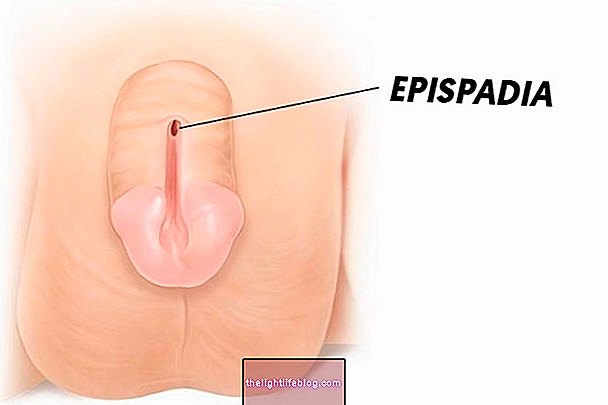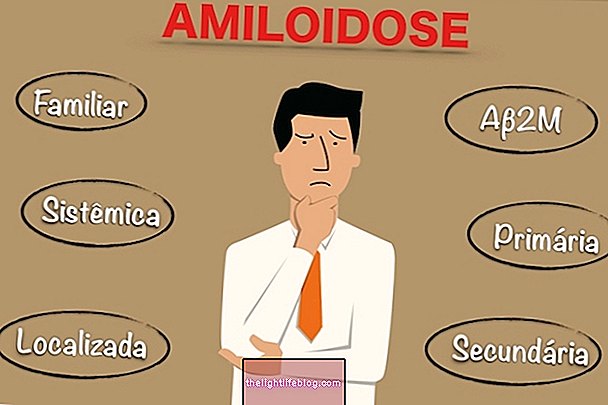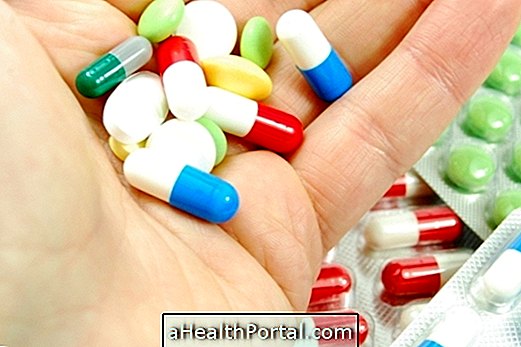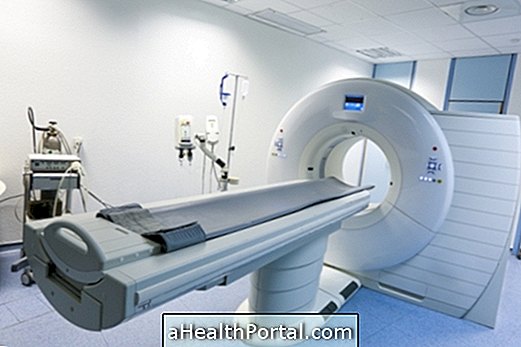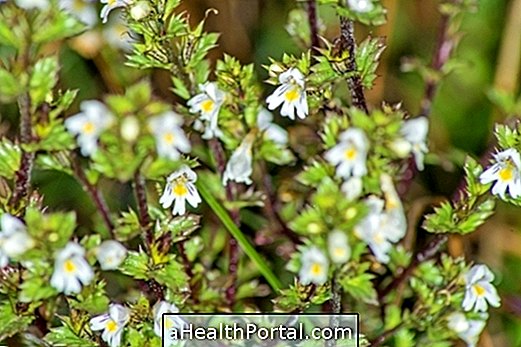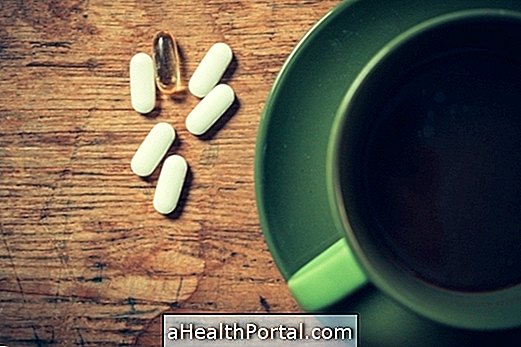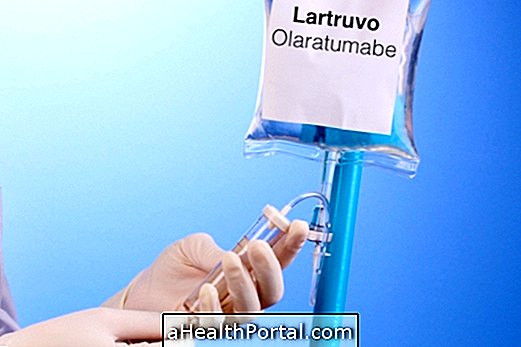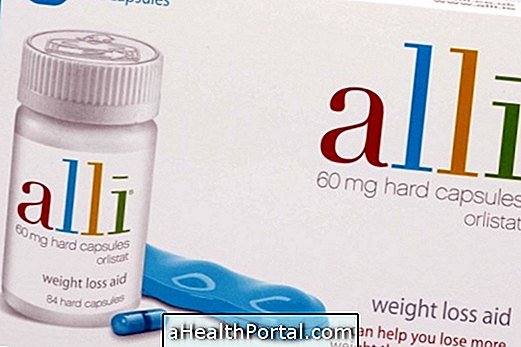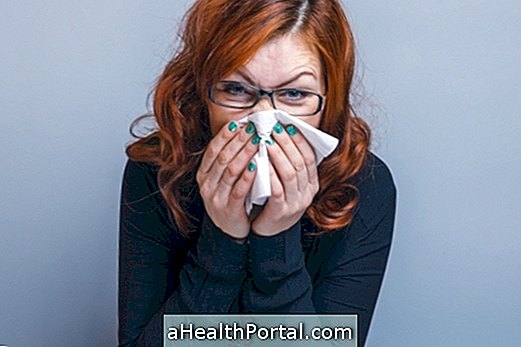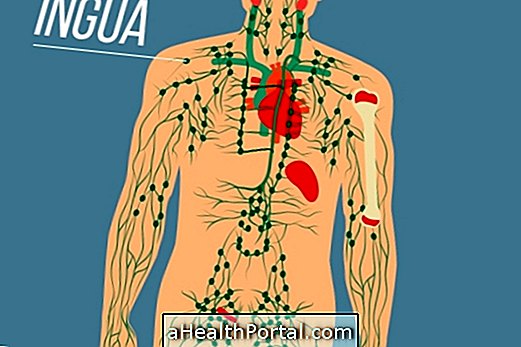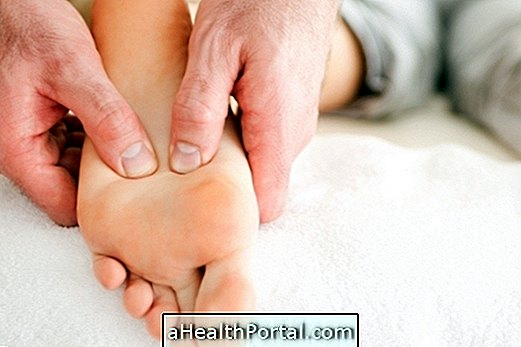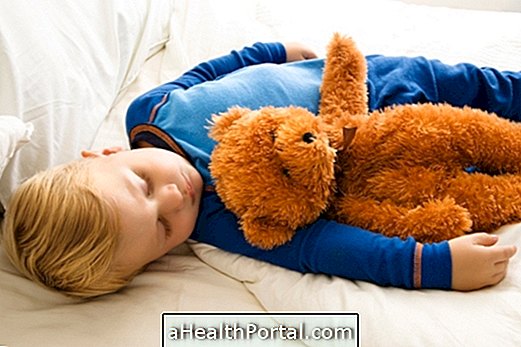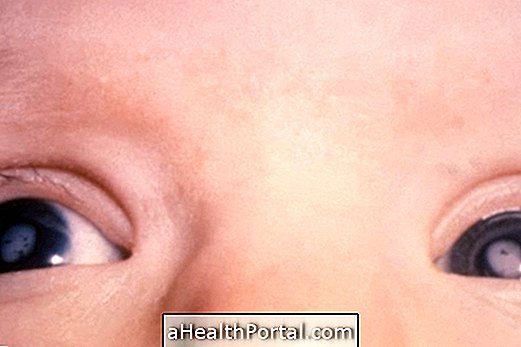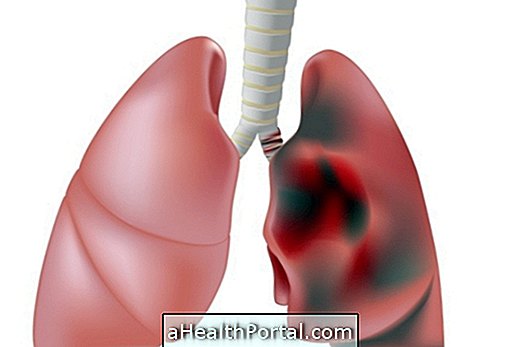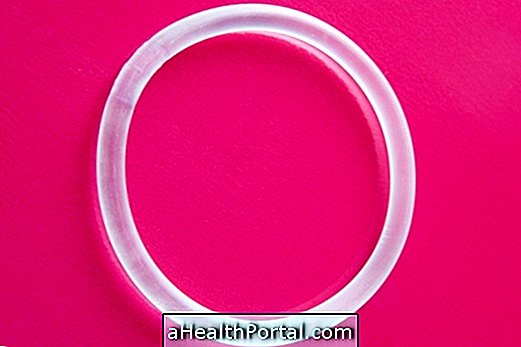THE Yersinia pestis is a bacterium that can be transmitted to people through the bite of a flea or infected rodents and is responsible for bubonic plague, also popularly known as black plague. This disease is serious and often fatal if it is not treated immediately, being the main responsible for the death of more than 30% of the population of Europe in the 14th century.
The treatment of infection with this bacterium should be done as soon as the first symptoms appear, and the use of antibiotics is recommended by the infectologist or general practitioner.
Bacteria life cycle

Fleas feed on blood, especially rodents. If the rodents are infected with Yersinia pestis, when parasiting the animal, the flea also acquires this bacterium. When the rodent dies, the infected flea looks for other bodies to continue to feed on blood. Thus, it can infect other rodents and other animals, such as cats or humans through bites.
Each flea can remain infected for months and thus infect more people and more animals. The first symptoms of infection by Yersinia pestisappear between two and six days after infection. See the main symptoms of infection byYersinia pestis.
How the transmission happens
The transmission of this bacterium to humans can occur in several ways, such as:
- Infected flea bite;
- Manipulation of blood, secretion or tissues of infected animals;
- Bites and scratches from contaminated cats.
The least common way of transmission is through vomiting, sneezing and coughing, in which the droplets are dispersed in the air and can spread this bacteria among the population, which is why it is important that the treatment be carried out in isolation.
Treatment of infection by Yersinia pestis
Treatment of infection byYersinia pestis it should be started soon after the first symptoms appear, as this bacterium can cause death in less than 24 hours. Thus, the symptoms to be aware of are swollen waters, fever, severe headache and excessive tiredness, which arise in places with an outbreak of the disease or after the bite of a flea, for example.
Usually, the treatment is still done in the hospital, in an isolation unit, with antibiotics directly in the vein and prescribed by an infectious disease doctor. The most effective antibiotics are:
- Streptomycin;
- Tetracycline;
- Gentamycin;
- Fluoroquinolone;
- Chloramphenicol.
After the symptoms and fever have stabilized, the infected person usually returns home and continues to use the antibiotic for up to 10 days, even if he or she no longer has symptoms.
How to prevent
Prevention for this infection can be done based on rodent and pest control and the use of repellents to prevent flea bites, as the plague-causing bacteria mainly infect rats, mice and squirrels, which are the main hosts of fleas . It is also important to wear protective equipment when handling the blood, secretion and tissues of potentially infected animals.
People traveling to endemic places at risk of exposure to the bacteria can take preventive doses of tetracycline.
Was this information helpful?
Yes No
Your opinion is important! Write here how we can improve our text:
Any questions? Click here to be answered.
Email in which you want to receive a reply:
Check the confirmation email we sent you.
Your name:
Reason for visit:
--- Choose your reason --- DiseaseLive betterHelp another personGain knowledge
Are you a health professional?
NoMedicalPharmaceuticalsNurseNutritionistBiomedicalPhysiotherapistBeauticianOther




